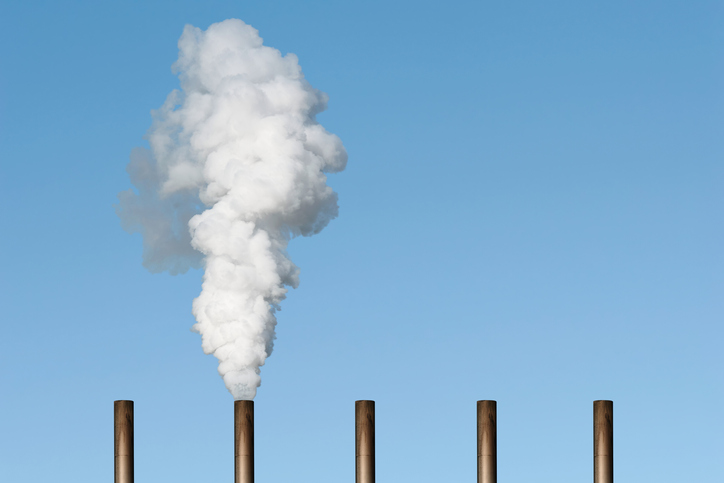What Are Britain’s Energy Targets And How Could They Change?

British Prime Minister Rishi Sunak will on Wednesday set out what he calls a more “proportionate” approach to reaching net zero emissions by 2050 after the government indicated it was willing to water down some of its targets.
Here are some of the current emissions targets for Britain’s top polluting sectors.
TRANSPORTATION
Transport accounts for more than a third (34%) of Britain’s total carbon dioxide (CO2) emissions, the most of any sector.
The government is currently committed to introducing a ban on new petrol and diesel cars in 2030. Sunak is reportedly considering delaying this to 2035.
There were more than 1.1 million electric cars in use on UK roads as of April – up by more than half from the previous year to account for roughly one in every 32 cars, according to the country’s auto industry trade body.
The current 2030 target was introduced in November 2020 as a central part of then-Prime Minister Boris Johnson’s plans for a “green revolution”. As recently as July, senior minister Michael Gove restated government support for the policy.
Britain’s independent climate advisers, the Climate Change Committee estimated a 2030 phase out of petrol, diesel and hybrid vehicles could save up to 110 million tons of carbon dioxide equivalent emissions compared with a 2035 phase out.
Johnson’s policy already allowed for the continued sale of hybrid cars and vans that can drive long stretches without emitting carbon until 2035.
The transition is governed by a zero-emission vehicle (ZEV) mandate, which means manufacturers must ensure that an increasing proportion of the vehicles they sell in the UK are electric.
The current proposal is for 22% of a car manufacturer’s sales to be electric in 2024, rising incrementally each year to 100% in 2035.
RESIDENTIAL
Residential emissions, the bulk of which come from heating, make up around 17% of the country’s CO2 emissions.
The government has a target to reduce Britain’s energy consumption from buildings and industry by 15% by 2030, and has set a target to phase out the installation of new and replacement gas boilers from 2035, as the country moves towards using heat pumps.
Currently almost 80% of British homes are heated by gas boilers. In 2022, 72,000 heat pumps were installed. The government has a target of 600,000 heat pump installations per year by 2028.
A study for Scottish Power and WWF UK in June found that 6 million homes would need to be better insulated by 2030 to meet the government’s target, but current policies are only expected to deliver 1.1 million. The study, conducted by Frontier Economics, added that 1.5 million new homes would still need heat pumps installed by 2030.
ENERGY
The energy sector itself is a big emitter of greenhouse gases, with energy supply contributing around a quarter of Britain’s emissions.
In July Britain committed to granting hundreds of licences for North Sea oil and gas extraction as part of efforts to become more energy independent.
Offshore wind power developers warned earlier this month that Britain’s climate goals could be at risk after a subsidy auction for new renewable energy projects did not attract any investment in those planned off British coasts.
Britain is aiming to develop 50 gigawatts (GW) of offshore wind capacity by 2030, up from around 14 GW now.
(Reporting by Alistair Smout, Susanna Twidale, Gloria Dickie and Sachin Ravikumar; Editing by Kirsten Donovan)




